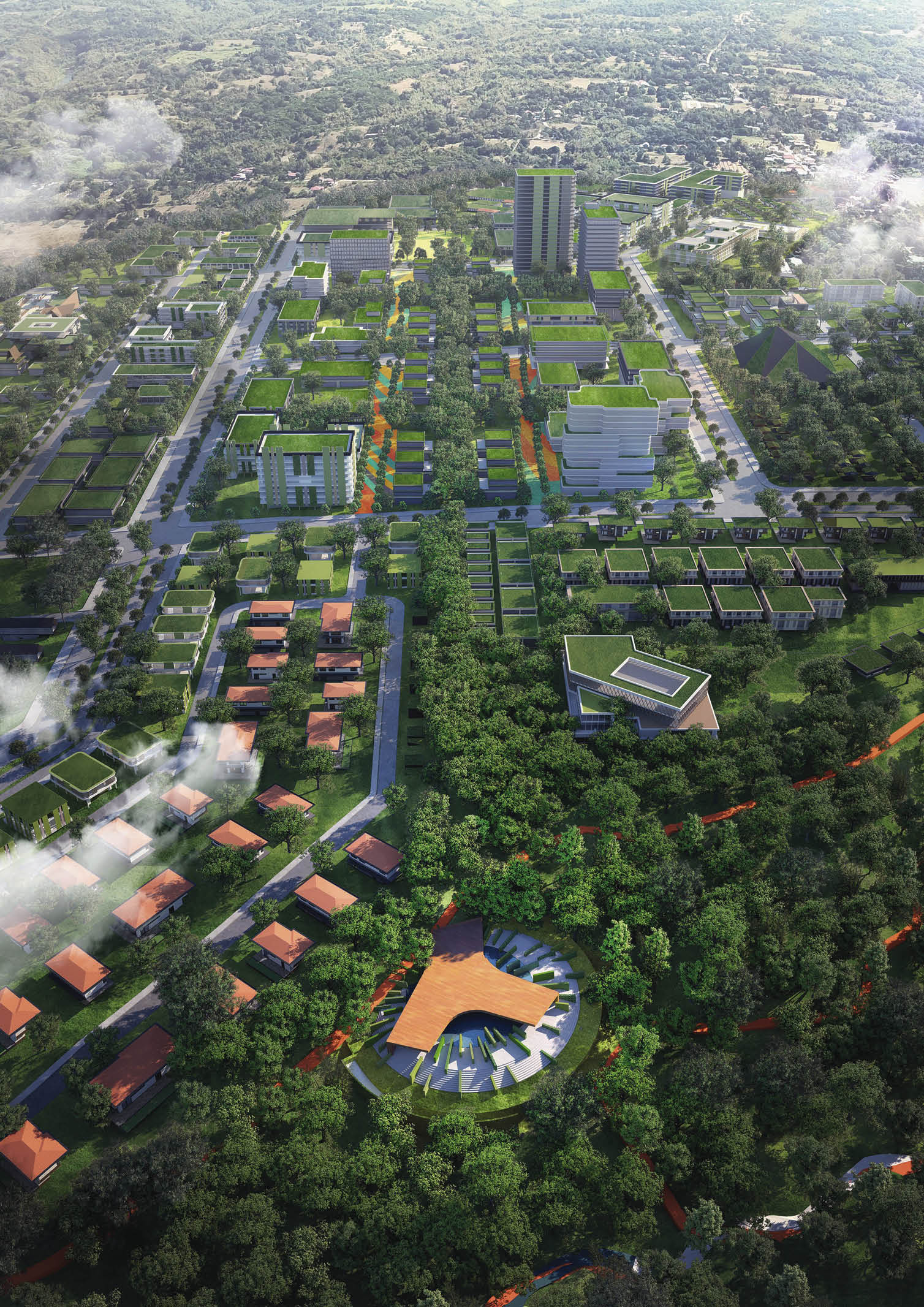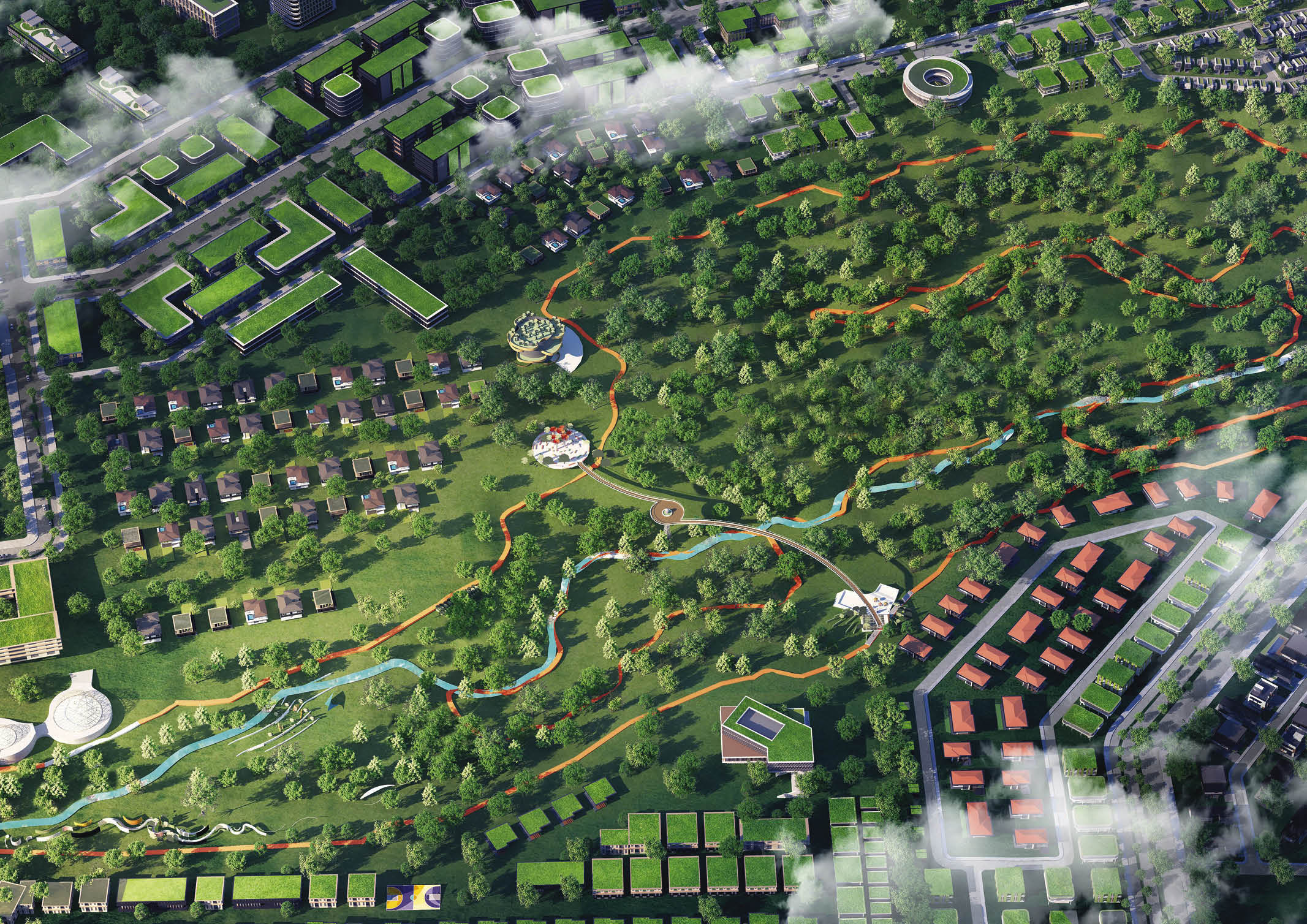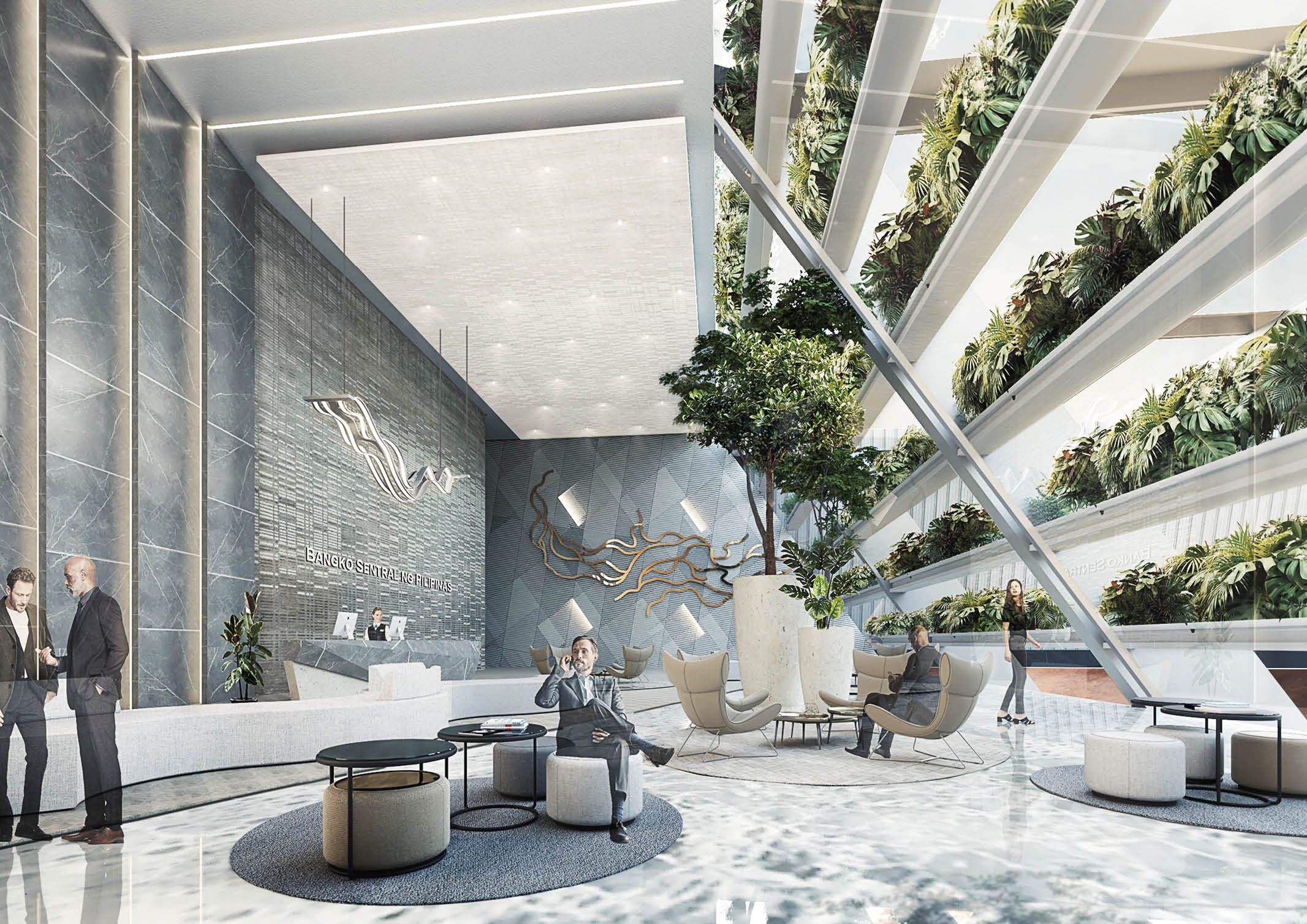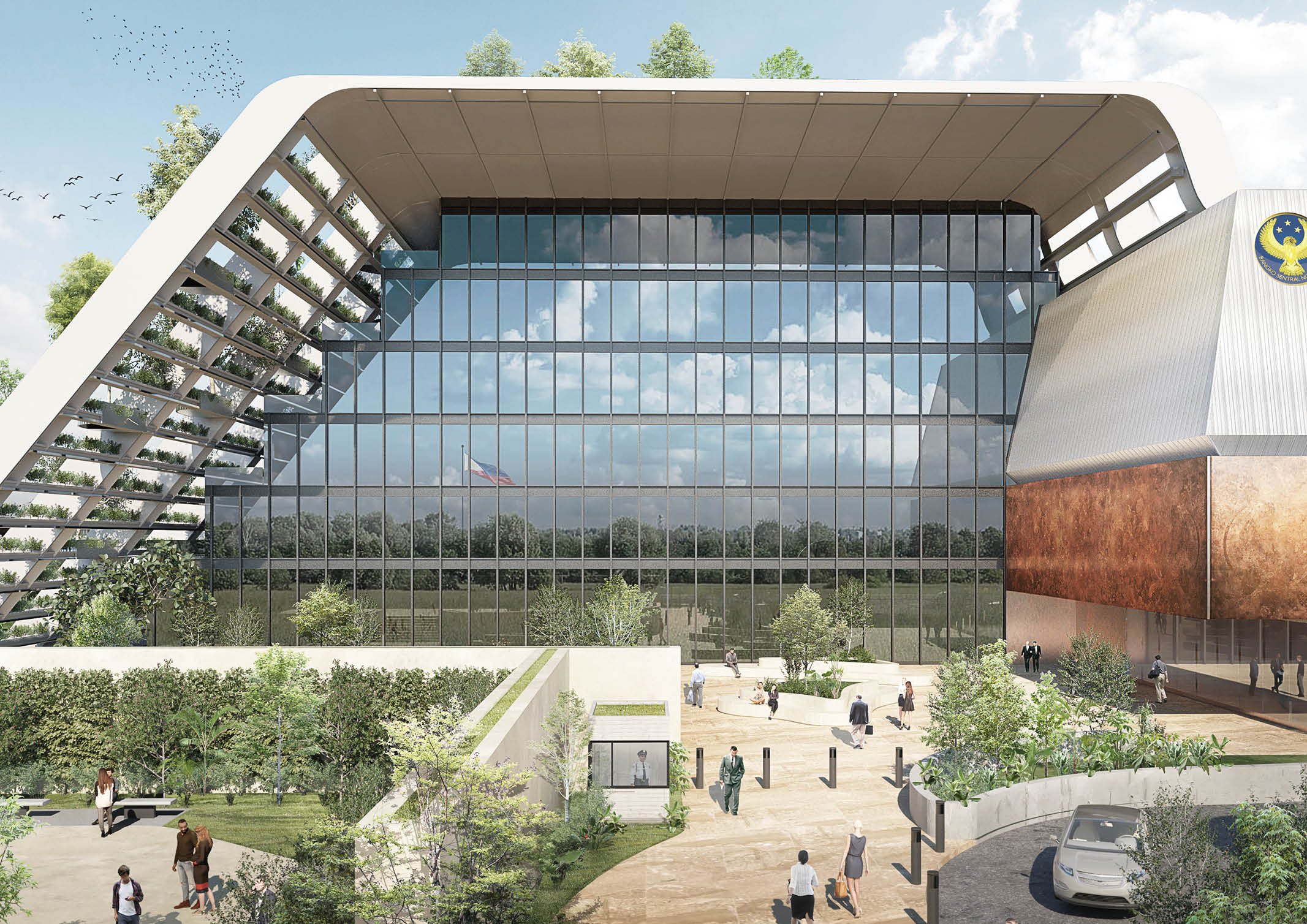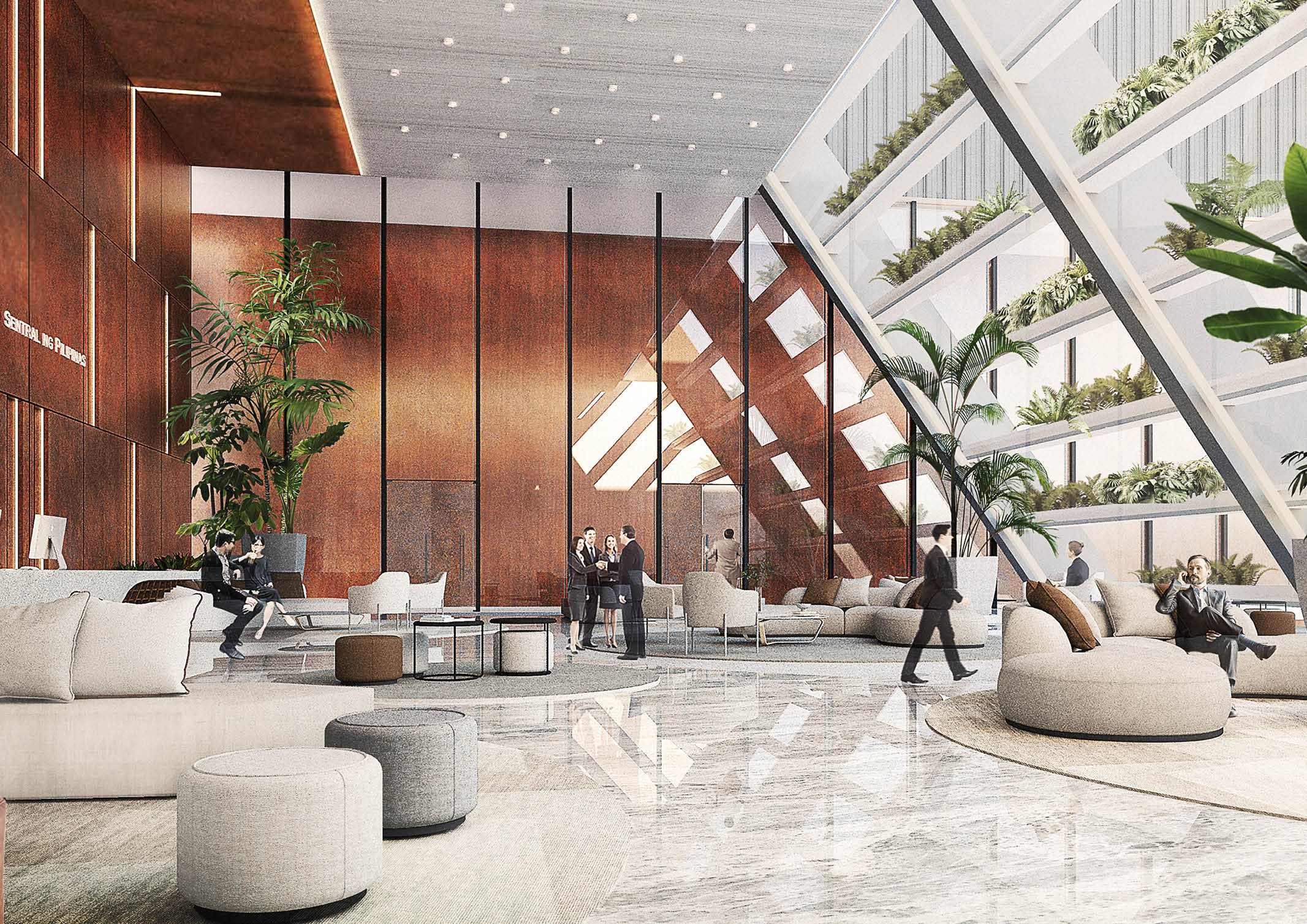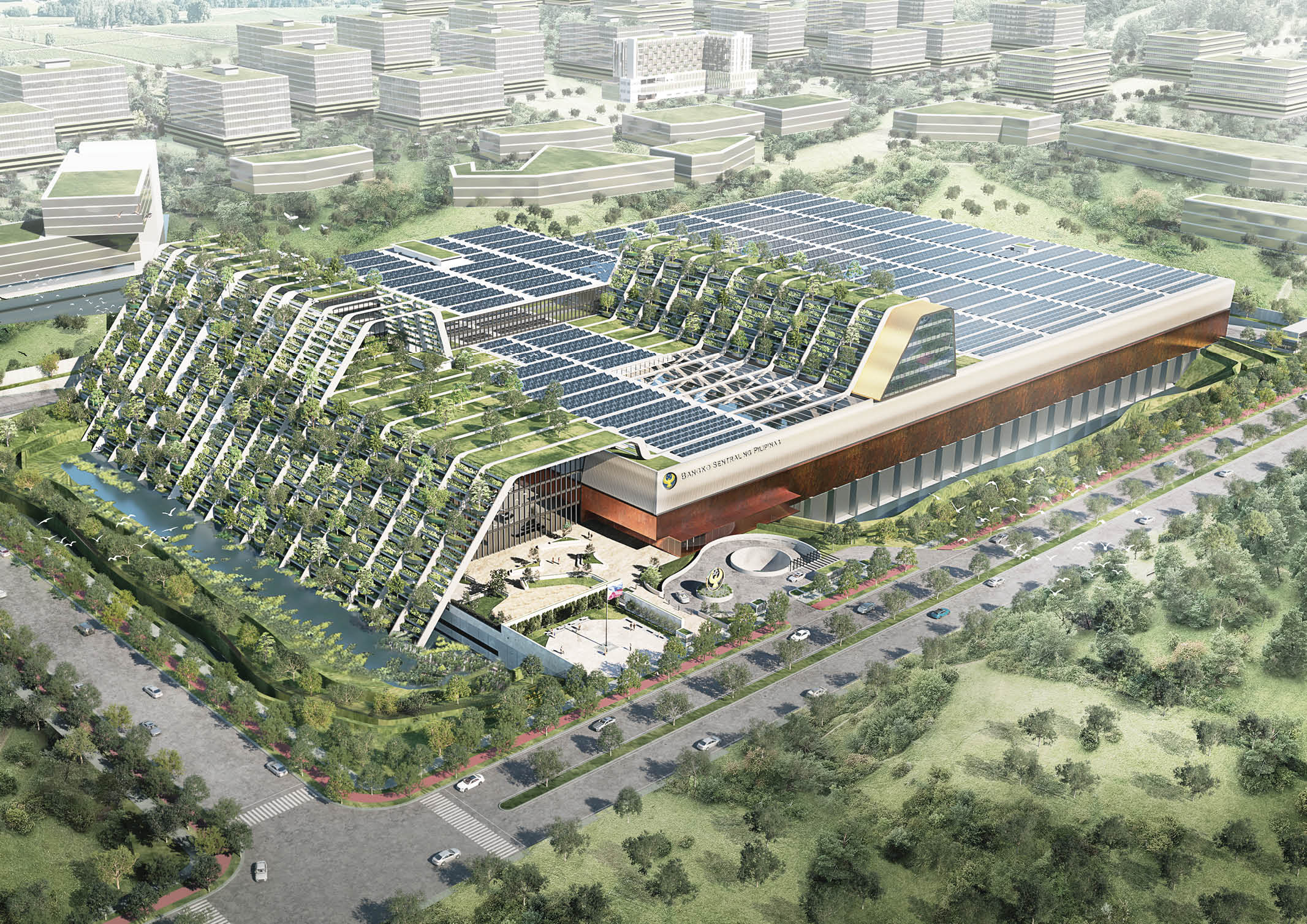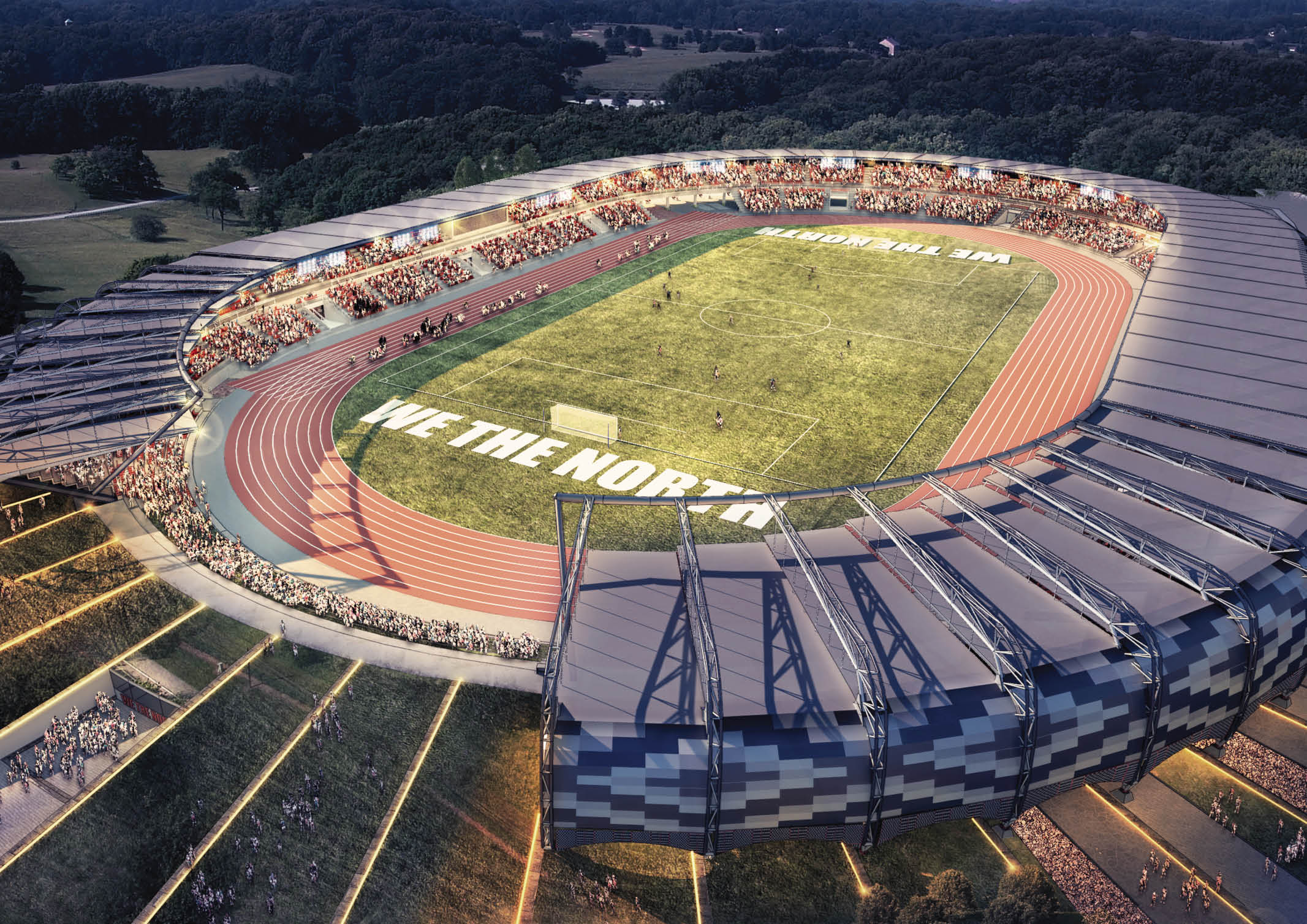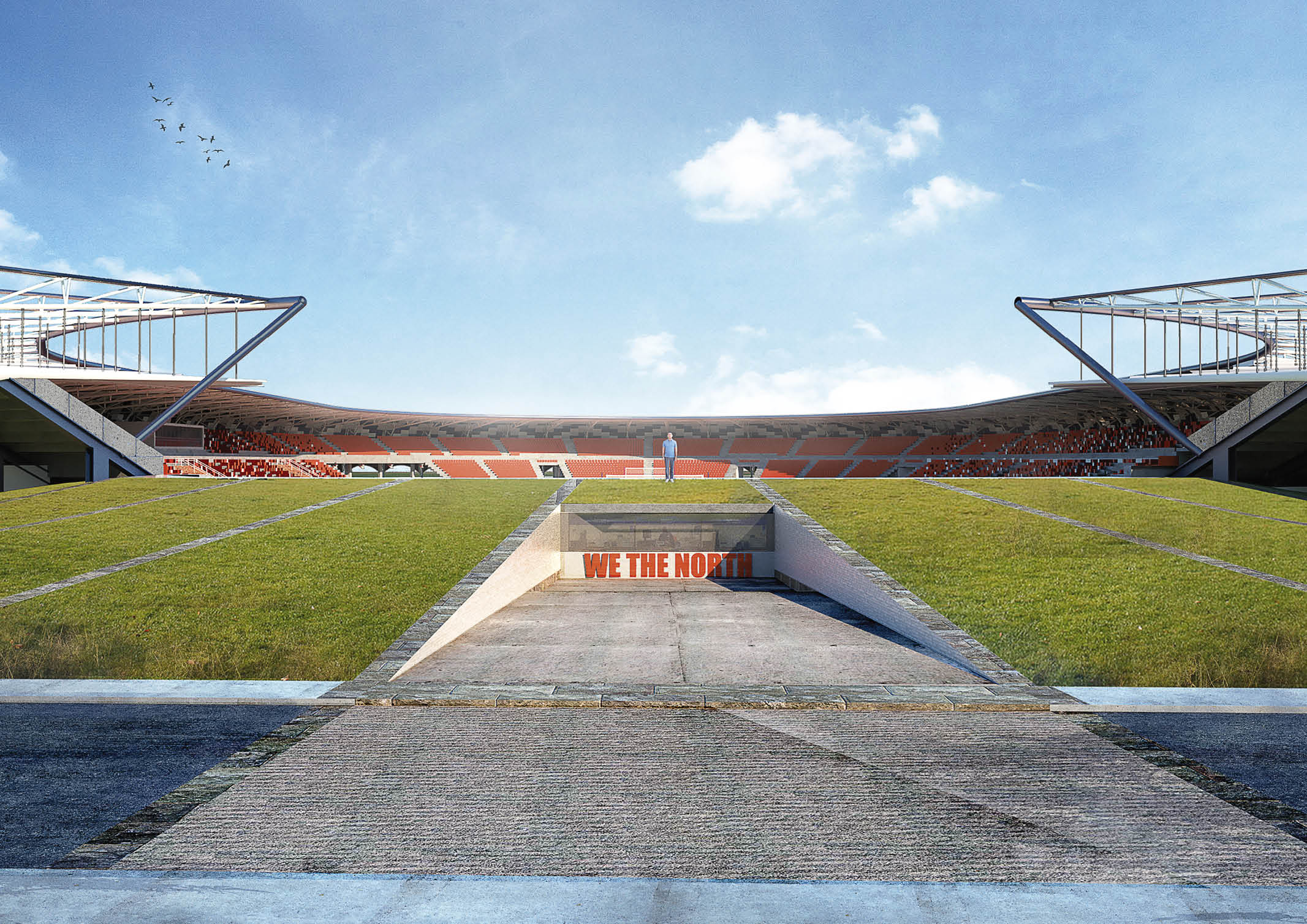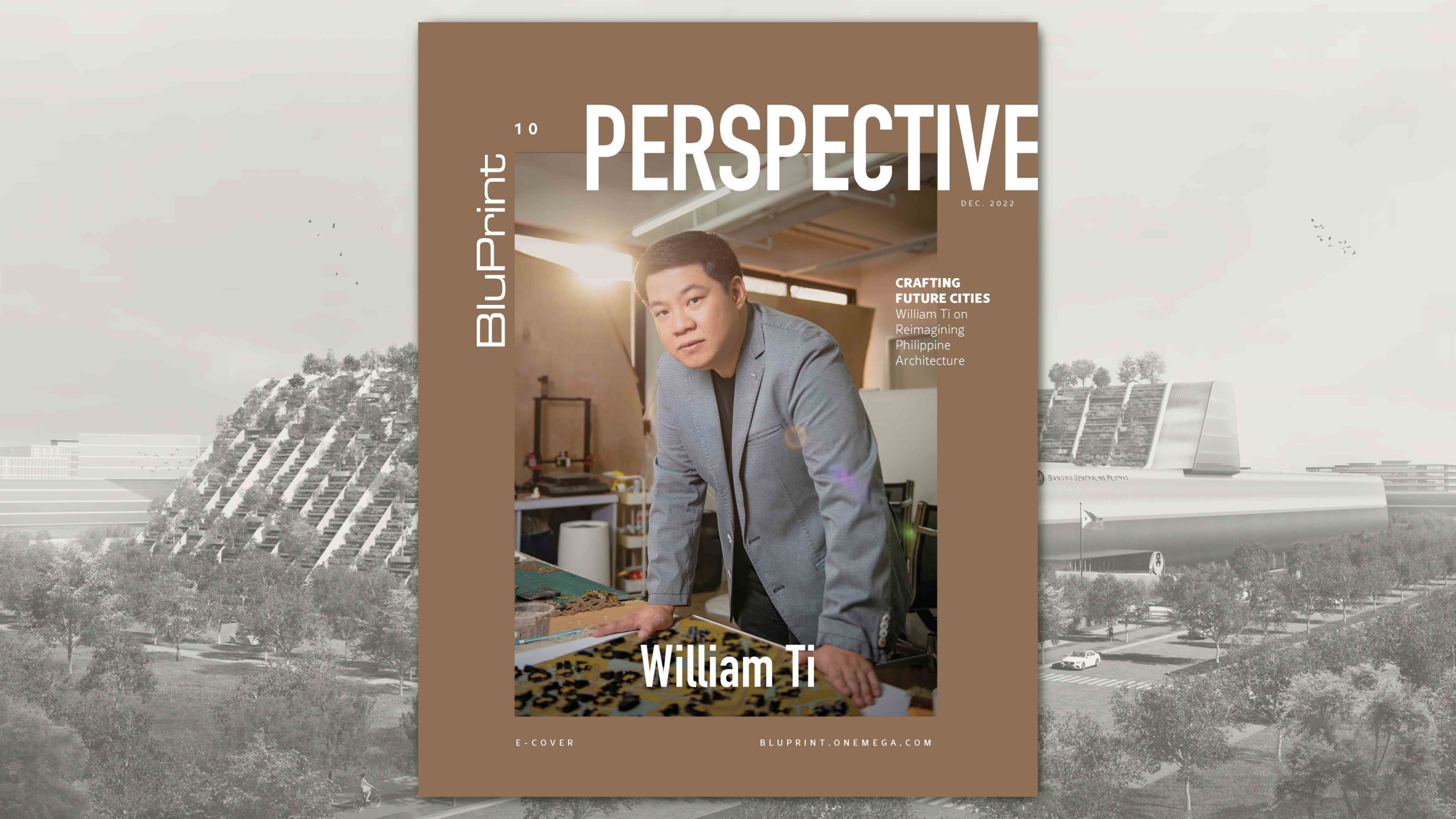
Crafting Future Cities: Reimagining Philippine Architecture To Build Better Human Environment for Filipinos
“Recognizing the need is the primary condition for design.”
A statement by American designer, architect, and filmmaker Charles Eames highlights a significant factor to consider when designing and creating solutions to existing problems.
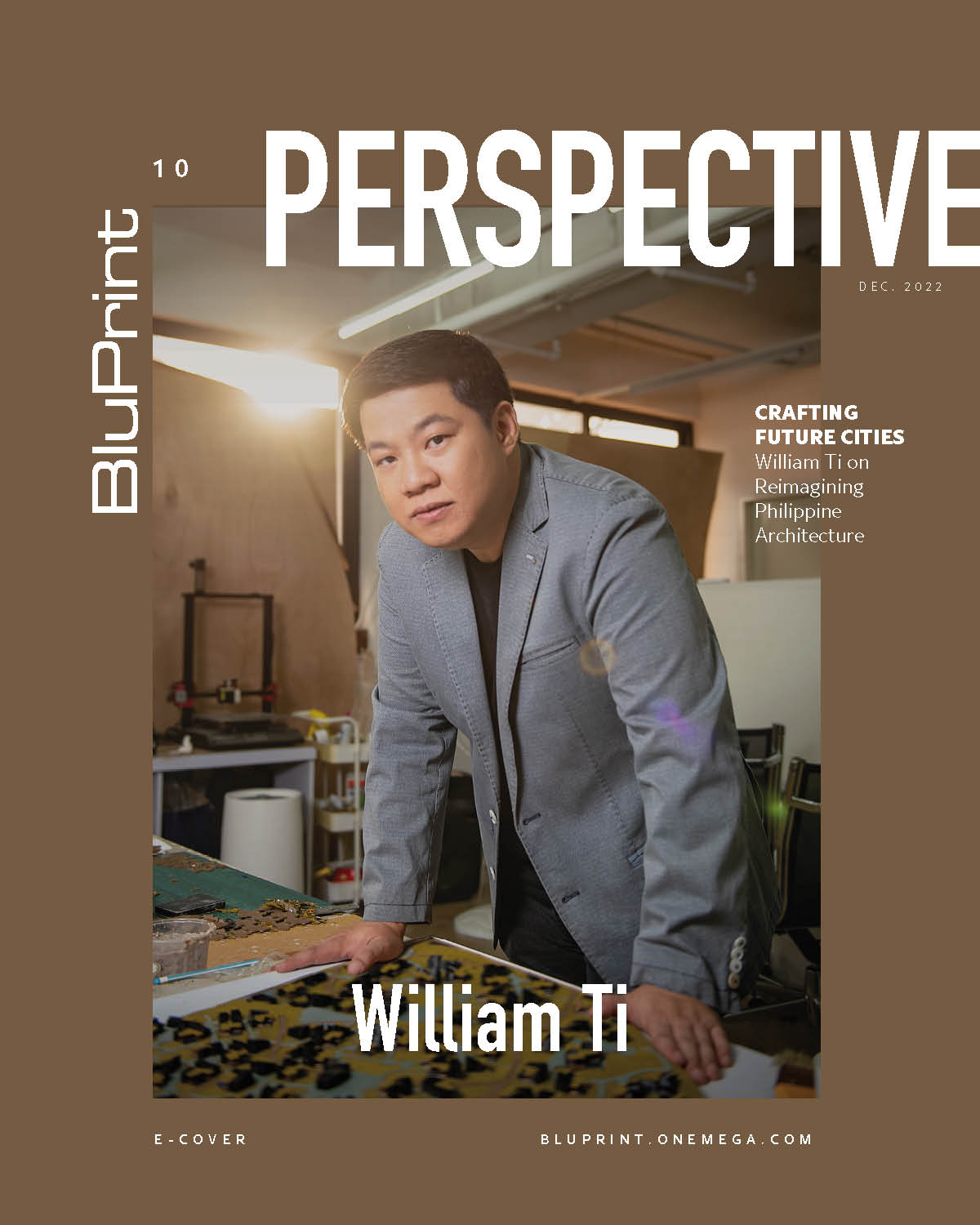
Architects play an important role in our society. More than designing structures, architects create a complete experience for people and the generations to come. Significantly, Architecture have an impact on the way we live and strive in our communities. As the Principal Architect of WTA Architecture and Design Studio, William Ti aims to leave a mark in the industry by creating innovative, inclusive, and sustainable architecture to improve the lives of every Filipino.
Innovative Architecture Worthy of Recognition
As a designer, one of Ti’s goals is to build a better human environment. “In our generation, we have been tasked to fix the world’s problems, especially in regard to the natural environment, sustainability, and nature. But I believe that as we keep building up our cities, even our towns and suburban areas, we have to be mindful architects,” he shares.

Beyond designing structures, Ti believes that architects are primarily the caretakers of our built and human environments. His design firm strives to reimagine human environments and make them more purposeful and sustainable for everyone. “We are living in this human ecosystem that we have built for ourselves through the years. What we really need to do is to figure out how this becomes better and much more sustainable than what we currently have around us,” he explains.
WTA Architecture and Design Studio is known for its innovative designs that break barriers. Over the years, the firm has received multiple recognitions both locally and internationally. In 2022, two of its projects were among the finalists at the World Architecture Festival (WAF) held in Lisbon. First is the BSP Security Plant Complex, a unique public building that forms the foreground of New Clark City’s skyline. The second project is the Batangas Forest City which establishes a link between the mountain and the river. WTA explains that the project serves as a connecting element that completes this tropical ecosystem.
This wasn’t the first time the studio has been selected to compete at the prestigious architecture event participated by architects and designers around the world. In 2021, WTA was hailed as the overall winner of the 2021 WAFX Awards during last year’s WAF after first winning the WAFX Water Category.
Ti enjoys his experience participating in WAF. “It’s always a joy to meet and talk to people who have the same passion for architecture.” Winning a global competition or being one of the finalists truly brings honor to the filipino architects and it allows them to gain exposure from the global market. For Ti, such recognition also motivates him and his team to push themselves. “Being part of WAF helps remind us that we constantly have to search for new ideas and that we need to strive for excellence in every opportunity. It fires our passions and challenges us to be the best we can be.”
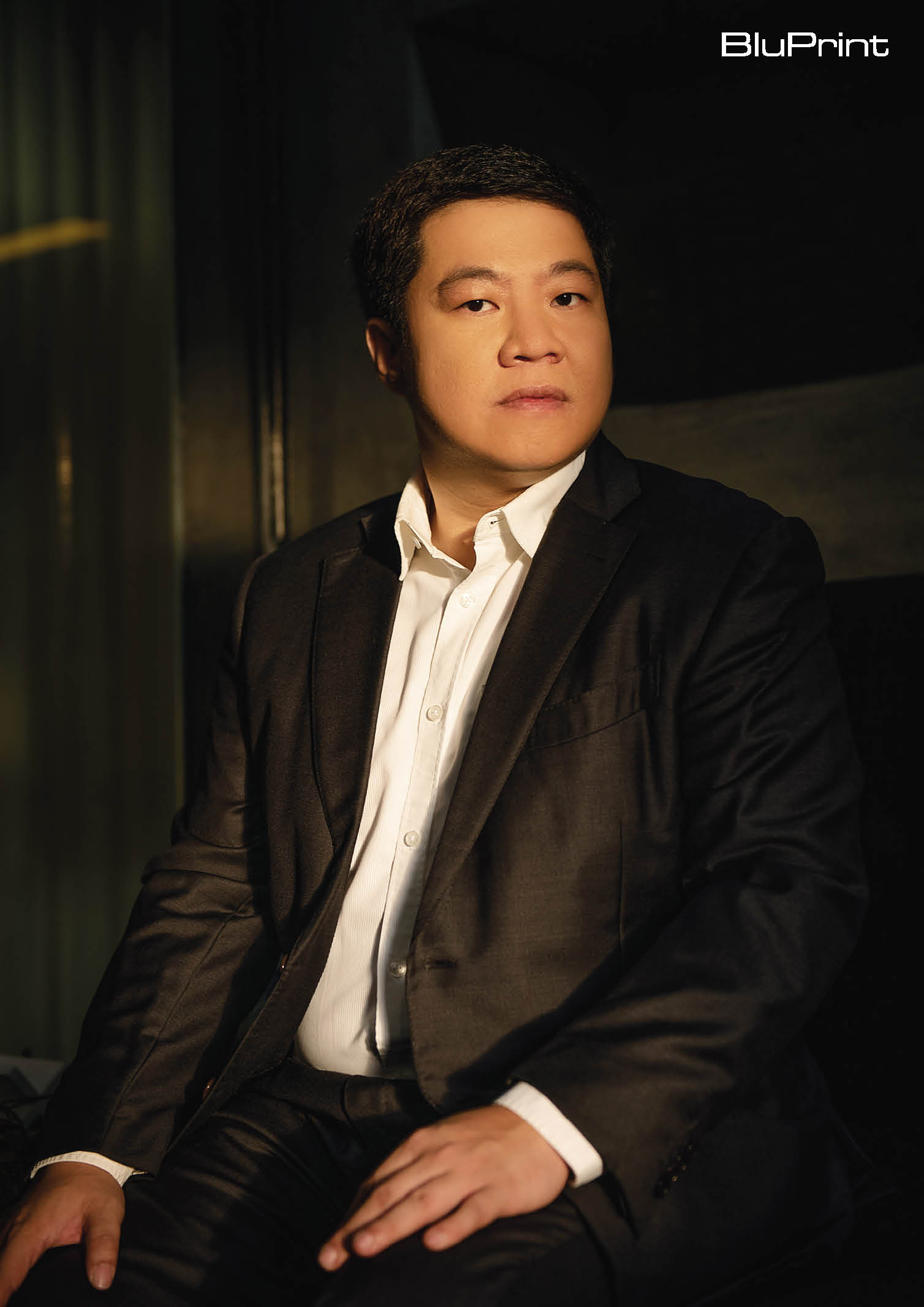
“For the Philippines to have a voice, we must be part of this global dialogue in architecture. We have to constantly recreate, reimagine how things are.”
William Ti
Moreover, innovation is at the core of WTA’s designs. Ti believes that architecture must always keep moving forward. Being an innovator in architecture is about creating new ideas, and contributing to the global pool of knowledge that helps move architecture forward. But how can the Philippines contribute?
Ti explains that architects should be able to project what the future is, imagine how life could be for everyone, and how the cities would develop. These are significant matters architects should think about because we can’t remain in place. “Doing architecture means innovating, coming up with new ideas, new paradigms, and new solutions, especially with the number of problems that are besetting globally right now.”
An Advocate of Social Architecture
Social architecture is a design concept of an environment that encourages a desired range of social behaviors leading toward a set of goals. When done right, it can provide sustainable solutions to relatively dense communities to improve quality of life.
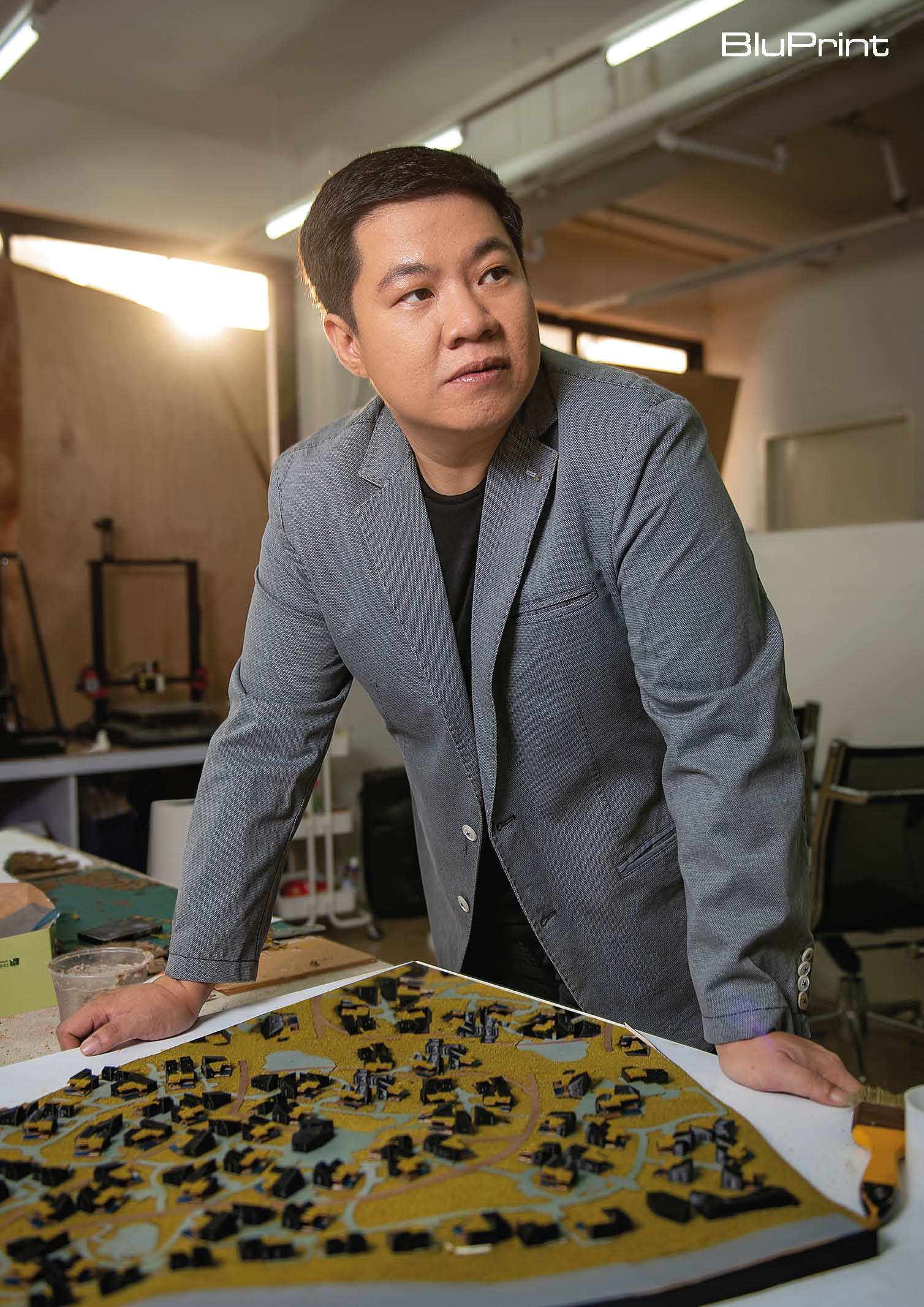
WTA believes that people should be at the heart of every architectural project. As an advocate of social architecture, Ti shares that it allows them to change our cities to better accommodate our immense population and density by providing social infrastructure that eases the urban grind. He emphasizes that it provides urban amenities that are convenient and accessible to all and better connect our communities.
The studio prides itself on developing studio culture. “It is a culture that tries to be the best, to do the best work we can, to always think about how to make our cities better, our surroundings better, the built environment better for every human being,” Ti explains.
In the last eight years, WTA have been developing ideas about social architecture. The team is trying to reimagine what the living conditions would be in the future. Ti highlights that given the size of the Asian cities compared to the western ones, they are grossly bigger. There have to be new ways of figuring out how our cities could work.
“What social architecture does is it tries to reimagine more hyper-local and convenient communities or architecture,” says Ti. With this concept, the architects bring architecture to the people instead of them going to places like museums or libraries. “So what we have actually done is reimagined how to recreate barangays in modern settings, more compact communities, it’s based on the difference of having a desktop computer or mobile phone. There’s this big jump in terms of how we engage in architecture,” he adds.
The Ferdinand E. Marcos Memorial Stadium, also known as the Marcos Stadium, in Ilocos Norte is a strong example of social architecture designed by the studio. It shows how stadiums can be more open, can be public spaces, and can become inviting. “We change this idea of a stadium that sometimes becomes almost like a white elephant being closed off to the public into an open space and becomes a stadium park. It becomes an integral part of the city, especially for the wellbeing, for the health and fitness of everyone in the city,” Ti explains.
The public will have access to the stadium grounds. It’s a safe space for them to engage in running and various track activities. The stadium can also host events as it provides accessible seating for everyone.
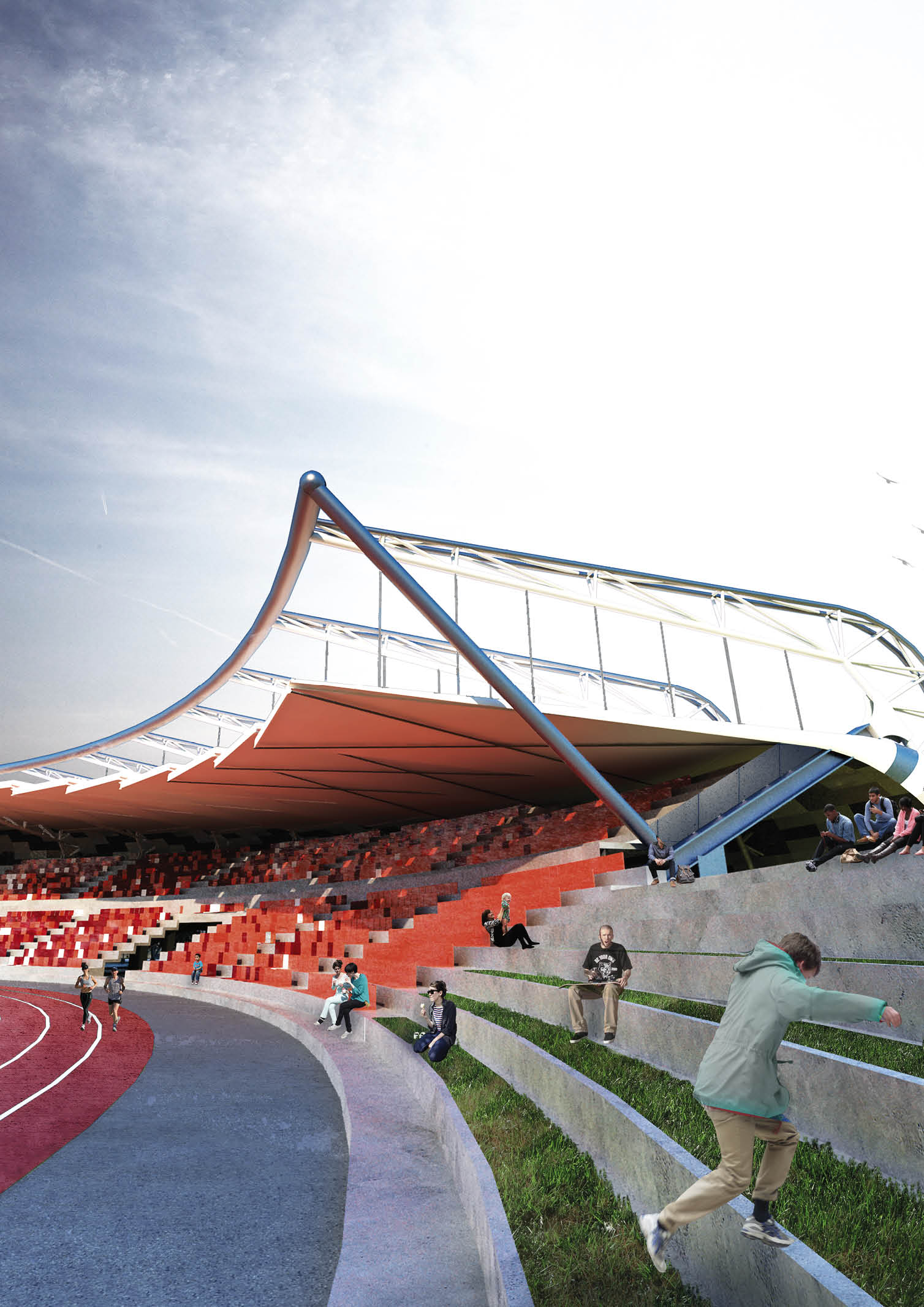

Apart from Social Architecture, WTA also focuses on the idea of freedom of movement. The studio tries to remove barriers regardless of the typologies they deal with. “We’re trying to make architecture accessible for all, to make sure that architecture does not discriminate because a lot of our architecture discriminates against people who don’t have the proper clothes, people who don’t have a proper identity or even people who are too busy to take time off to go to one of these institutions.” To him, these are the people who need the institutions the most. He further emphasizes that they are the ones who need lives uplifted, who need access to more information and creativity.
Furthermore, Ti talks about social scale in architecture. He shares that as an architect, he wants his projects to take on another aspect or purpose. The studio aims to design structures that also serve to connect communities. In his example, he explains that a bridge can not only serve as means of crossing. It can also serve as a hub to connect the communities.
“When architecture takes on this added purpose then what you have is the lubricants of society. That’s how social infrastructure is developed and why we think this is the agenda we move with. Every project we take on, we try to reimagine this typology, we try to reimagine how it can fit this social architecture agenda or idea, and try to say ‘this is the future.’ That’s what we want our architecture to become and that’s how to make our cities better.”
William Ti on social architecture
On Impactful Contributions to The Industry’s Heritage
WTA has been a key player in master planning and urban planning for 15 years with social architecture at the forefront. Among their projects over the years, Ti shares that in terms of impact, the most significant project he wants to be remembered as part of the industry’s heritage is Horizon Manila which they have recently finished the masterplan. This is the largest reclamation project in Manila right now. “This will have a profound impact on everyone, not just in Manila but the whole country,” says Ti.
Through the Horizon Manila project, WTA tries to do smaller communities, instead of a top-down command and control masterplan. The team is developing this new way of doing master plans where they plan smaller communities and try to bring them together in an ecosystem that allows them to help grow each other.
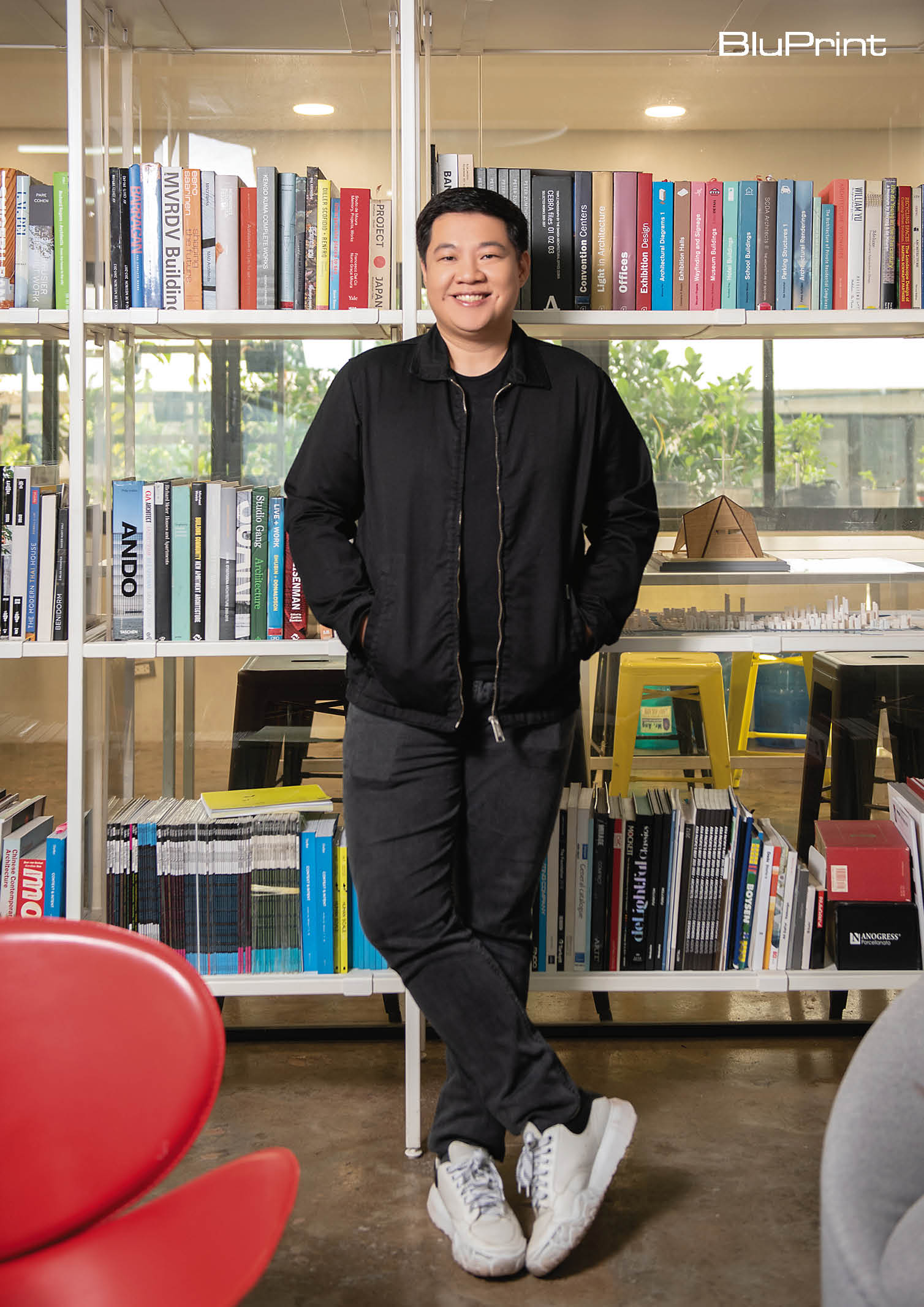
On a personal level, however, one of the projects he is proud of is when they did the quarantine facilities during the height of the pandemic. Trying to build for the community, this project made him feel like an architect. “We kind of realized that an architect’s role in society is to be the builders, the primary builders, thinkers, and innovators. When something new comes up, how do we deal with these problems? That is what the pandemic presented to us. We could not go to our old solutions because it was something totally new. That is when you really felt that architects are much needed in our society and how we can galvanize so many people, how we could bring together many sectors of our community.”
Ti proudly shares that WTA is one of the few, if not the only, private sector-driven responses to COVID on that scale throughout the world. The project has been lauded as an example of how we can respond to emergency architecture not only in the Philippines but also in different countries. In fact, the project is still on exhibit at the Royal Danish Academy in Copenhagen. It was also on exhibit in Denver where they are building a 1:1 scale of this facility, showing that this is how architecture can respond. “That project was really something because it taught me so much about what architecture can be and how much we can do as architects if we try not to think about anything but just doing.”
More Open Spaces in 2023
As the year comes to an end, William Ti looks ahead to 2023 with positivity and excitement. He looks forward to community projects they have been conceptualizing despite the fact that it will take years before they become fully turn over.
WTA has a number of projects being built all over. They will be starting on several residential towers in the first or second quarter of next year. “It’s an exciting year because we’re finally coming back after three years. We’re all getting our feet wet again. We had so many pent-up ideas in the last three years because we can’t do this, we can’t do that. Things have been changing,” shares Ti.

When it comes to architectural trends, Ti thinks there is a massive shift in architecture, especially since the pandemic. “What’s happening now is that we’re developing more open spaces, we’re realizing the value of space. More and more people are staying, realizing it’s actually nice to stay at home.”
With this, he expects to see bigger spaces at home, more garden spaces for fresh air, and open spaces within communities. This will largely lead to the development of more pocket gardens and piazzas. “I think there will be an increase in suburban or secondary cities where you have this viable and more natural alternative to Metro Manila. I think that’s something we have to look forward to, that architecture will change pretty much, especially since we’re dealing now with different settings, with different places. The different context will allow us to create much more different and more progressive architecture,” he says.
WTA will continue to design master plans that address the pressing needs of the country led by William Ti. Expect to see changes in terms of our built environment. Ti is excited to be part of innovators who move architecture forward and make our cities better.

